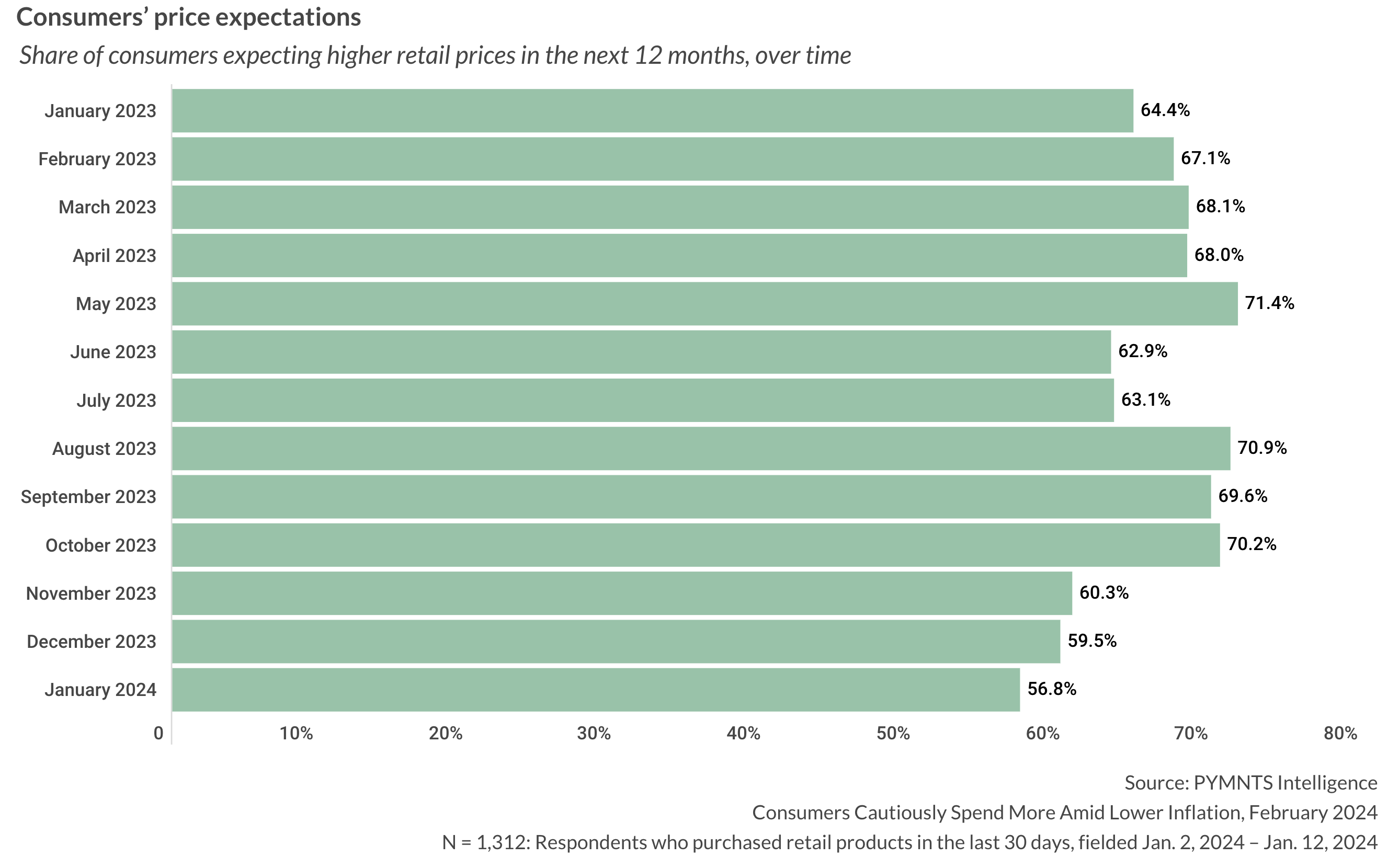Global Cities And The Perils Of Dangerous Climate Whiplash: A Report Summary

Table of Contents
Increased Frequency and Intensity of Extreme Weather Events in Global Cities
Heatwaves and their Impact on Urban Infrastructure and Public Health
Heatwaves are becoming more frequent and intense, placing immense strain on urban infrastructure and public health. The consequences are severe:
- Increased mortality rates: Elderly populations and those with pre-existing health conditions are particularly vulnerable.
- Strain on energy grids: Increased demand for air conditioning can overwhelm power grids, leading to blackouts.
- Damage to infrastructure: Extreme heat can cause buckling of roads, damage to buildings, and disruption of transportation systems.
- Heat-related illnesses: Heatstroke, dehydration, and other heat-related illnesses place a significant burden on healthcare systems.
Cities like Phoenix, Arizona, and Athens, Greece, regularly experience extreme heatwaves, showcasing the escalating global challenge. Numerous scientific studies, such as those published by the IPCC, link these intensifying heatwaves directly to climate change.
Flooding and its Devastating Consequences for Urban Populations and Economies
Flooding, exacerbated by heavier rainfall events and rising sea levels, poses a major threat to global cities. The consequences can be devastating:
- Property damage: Flooding can cause extensive damage to homes, businesses, and infrastructure.
- Displacement of populations: People may be forced to evacuate their homes, leading to displacement and disruption of life.
- Disruption of transportation: Flooded roads and public transport systems can bring cities to a standstill.
- Damage to critical infrastructure: Power outages, water contamination, and sanitation problems can have long-lasting consequences.
Cities like Jakarta, Indonesia, and Venice, Italy, are particularly vulnerable to flooding, facing regular inundation and the constant threat of rising sea levels. Sea level rise, a direct consequence of climate change, significantly increases the frequency and severity of coastal flooding in many global cities.
The Cascading Effects of Multiple Extreme Weather Events in Quick Succession
Climate whiplash isn't just about single events; it's about the cascading effects of multiple extreme weather events occurring in close succession. A heatwave can weaken infrastructure, making it more vulnerable to subsequent flooding. Drought can leave the land parched and vulnerable to wildfires, which then increase the risk of mudslides during heavy rains. The unpredictable nature of these cascading events makes risk assessment and planning exceptionally challenging. For example, a heatwave followed by a severe storm can overload drainage systems already stressed by the heat, leading to more extensive flooding.
Vulnerability of Global Cities to Climate Whiplash
Socioeconomic Factors Influencing Vulnerability
Socioeconomic factors significantly influence a city's vulnerability to climate whiplash:
- Poverty: Poor communities often lack the resources to adapt to extreme weather events, leading to greater vulnerability.
- Inequality: Unequal access to resources and infrastructure exacerbates the impact of climate whiplash on marginalized communities.
- Lack of access to resources and infrastructure: Inadequate housing, limited access to healthcare, and unreliable access to water and sanitation increase vulnerability.
- Pre-existing health conditions: Existing health issues can worsen under extreme weather conditions.
These factors compound the impacts of climate whiplash, disproportionately affecting vulnerable populations within global cities.
Urban Planning and Infrastructure Deficiencies Contributing to Risk
Poor urban planning and inadequate infrastructure significantly increase climate whiplash risks:
- Lack of green spaces: Green spaces help absorb rainfall and mitigate urban heat island effects. Their absence increases vulnerability.
- Inadequate drainage systems: Overburdened drainage systems increase the risk of flooding during heavy rainfall.
- Aging infrastructure: Outdated infrastructure is less resilient to the impacts of extreme weather events.
- Unplanned urban sprawl: Sprawl often leads to increased runoff and higher flood risks.
Urban design plays a crucial role – good urban planning can mitigate risks, while poor planning exacerbates them.
The Role of Governance and Policy in Mitigating Climate Whiplash Risks
Effective governance and policy are essential for mitigating climate whiplash risks:
- Early warning systems: Reliable and timely warnings can save lives and minimize damage.
- Disaster preparedness plans: Well-developed plans are crucial for effective response and recovery.
- Investment in climate-resilient infrastructure: Investing in robust and adaptable infrastructure is a long-term solution.
- Adaptation and mitigation policies: Policies addressing both adaptation to current climate impacts and mitigation of future emissions are vital.
- International collaboration: Sharing knowledge and resources is essential for effective global action.
Strategies for Building Climate Resilience in Global Cities
Investing in Climate-Resilient Infrastructure
Investing in resilient infrastructure is paramount:
- Improved drainage systems: Modern, efficient drainage systems can handle increased rainfall.
- Green infrastructure: Green roofs, urban forests, and permeable pavements can reduce flooding and mitigate the urban heat island effect.
- Sustainable building materials: Using durable, climate-resistant materials reduces damage from extreme weather.
- Renewable energy sources: Reducing reliance on fossil fuels improves energy security and reduces greenhouse gas emissions.
Developing Effective Early Warning Systems and Disaster Preparedness Plans
Robust warning systems and plans are crucial:
- Community-based early warning systems: Local participation ensures effective and timely warnings.
- Evacuation plans: Clear and well-rehearsed evacuation plans are essential during emergencies.
- Emergency response protocols: Efficient emergency response protocols minimize damage and save lives.
Promoting Sustainable Urban Planning and Development
Sustainable urban planning is essential for long-term resilience:
- Green building codes: Codes promoting energy efficiency and climate resilience in new buildings.
- Urban greening initiatives: Increasing green spaces mitigates heat and flooding.
- Sustainable transportation systems: Promoting walking, cycling, and public transport reduces emissions and improves air quality.
- Compact city development: Concentrated development reduces sprawl and improves efficiency.
Enhancing Community Resilience and Adaptive Capacity
Building community resilience is vital:
- Community-based disaster risk reduction programs: Empowering communities to prepare for and respond to emergencies.
- Education and awareness campaigns: Educating the public about climate risks and adaptation strategies.
- Social safety nets: Providing support for vulnerable populations during and after extreme weather events.
Preparing Global Cities for the Unpredictable Future of Climate Whiplash
This report clearly demonstrates the escalating threat of climate whiplash to global cities. The increasing frequency and intensity of extreme weather events, coupled with existing vulnerabilities, create a dangerous situation. Proactive measures to build climate resilience are no longer optional; they are essential for protecting lives, livelihoods, and economies. A multi-faceted approach involving governments, international organizations, businesses, and communities is needed to address this challenge effectively. Understanding the perils of climate whiplash is crucial. Learn more about the threats facing your city and take action to build a more resilient future. Demand climate-resilient urban planning and advocate for effective climate whiplash mitigation strategies in your community.

Featured Posts
-
 The Canadian Tire Hudsons Bay Deal What It Means For Consumers And The Retail Landscape
May 28, 2025
The Canadian Tire Hudsons Bay Deal What It Means For Consumers And The Retail Landscape
May 28, 2025 -
 Hailee Steinfeld And Josh Allens Relationship The Latest Updates
May 28, 2025
Hailee Steinfeld And Josh Allens Relationship The Latest Updates
May 28, 2025 -
 Mo Salah Contract And Liverpools Wing Options A Transfer Update
May 28, 2025
Mo Salah Contract And Liverpools Wing Options A Transfer Update
May 28, 2025 -
 Ou Acheter Le Samsung Galaxy S25 128 Go Au Meilleur Prix 648 E
May 28, 2025
Ou Acheter Le Samsung Galaxy S25 128 Go Au Meilleur Prix 648 E
May 28, 2025 -
 Padre Cubs Matchup A Deep Dive Into The Series Results
May 28, 2025
Padre Cubs Matchup A Deep Dive Into The Series Results
May 28, 2025
